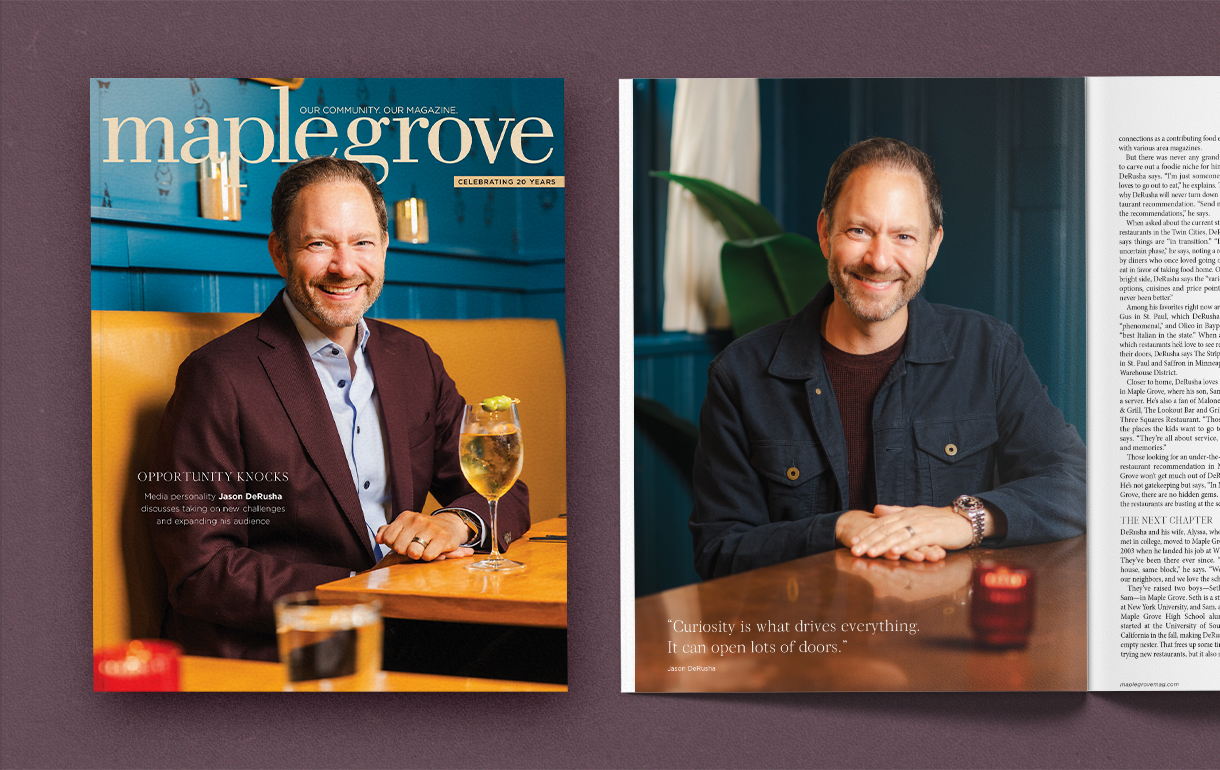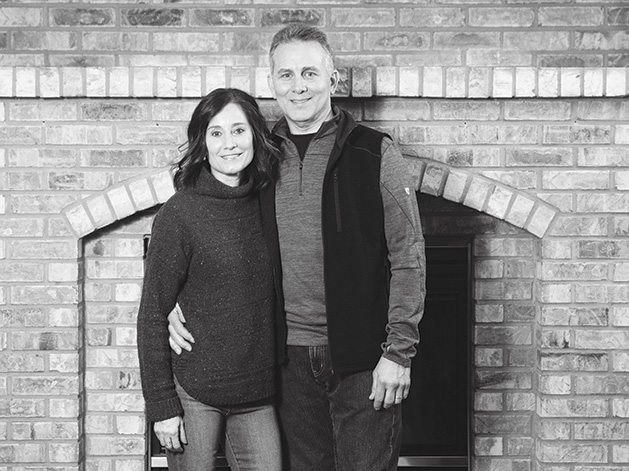
Photos: Rachel Nadeau
One gives, the other receives: A couple undergoes kidney transplant surgery.
In February of 2019, Plymouth couple Annie and Mike Peshut, whose three children attended Maple Grove schools, expected to undergo kidney transplant surgery alongside one another. Mike, a kidney donor, and Annie, a recipient of a kidney from an outside source, never expected that one of them would go through this life-changing event—much less both of them.
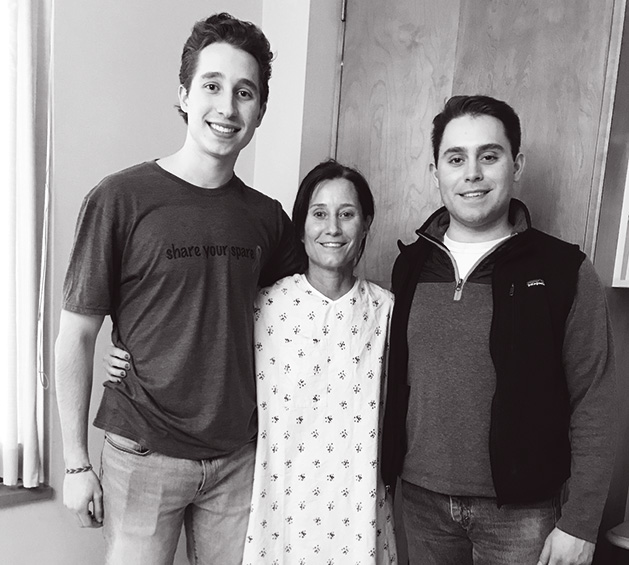
Family photos courtesy of Mike and Annie Peshut
As one who experienced medical issues since her early 20s, Annie says that something as simple as a strep test would reveal that her body spilled too much protein into her urine. With consistent abnormalities, she began to regularly see a nephrologist to detect any other issues. However, it wasn’t until eight years ago when her body took a sudden shift, and her kidney function began to rapidly decline.
After her second kidney biopsy in 2012, Annie was diagnosed with Focal Segmental Glomerulosclerosis (FSGS), a disease that affects kidney function due to damage of the filtering units that cleans blood flowing through the kidney. Despite the diagnosis, Annie continued to go through countless drug therapies and failed treatments. Fast forward four years, another nephrologist at the Mayo Clinic referred her to the genetics department at Rochester clinic to see if there was something more to her condition. It was revealed that she had three different genetic mutations in which no course of treatment could cure the problem, so she ceased taking medications.
With her kidney function decreasing to a mere 20 percent, her only hope was to allow it to fail in order to take the next course of action—a transplant. After going through multiple approval tests in 2018, Annie joined the National Kidney Registry, otherwise known as The List. In order for her to receive a kidney prior to turning to dialysis, she needed to find a healthy donor to donate his or her kidney on her behalf as a part of the Paired Exchange Program through the Mayo Clinic, which uses living donors.
When Annie was searching for a living donor representative, without hesitation Mike stepped up to do it. “I never thought twice about it,” he says. As one who is active through hiking and hunting, Mike compared this experience to another adventure that he could tackle. “If you enjoy life and you are an adventurous person, this is another opportunity to experience something that will help others, and it is also a rewarding experience that you can’t take away,” he says.
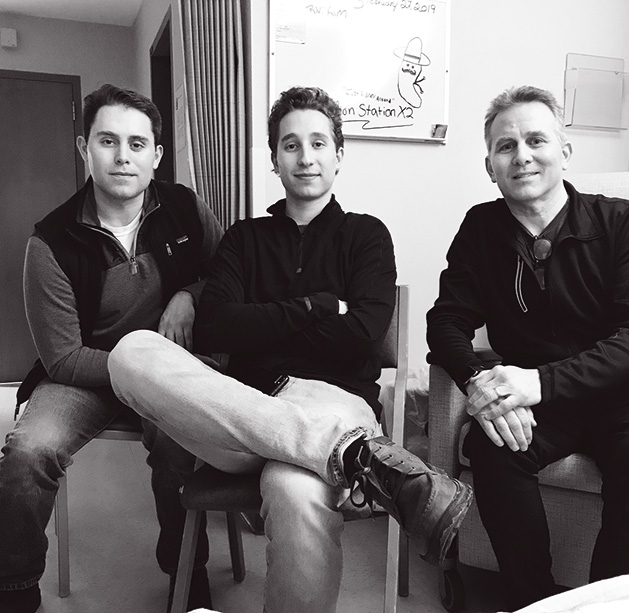
After numerous tests and approvals, Mike and Annie were put in an eight-person chain (donors and recipients) through the Paired Exchange program. Annie’s donor was located after her nephrologist expanded the kidney search from local to national wide sources.
In February 2019, with their donors in place and the surgeries scheduled, Annie and Mike walked into the Mayo Clinic, ready to start a new chapter of their lives. But things took a sudden shift because Annie’s donor contracted influenza, forcing her surgery to be put on hold while Mike went through his procedure. Without the delay, all eight of the people in the chain would have undergone surgery within 48 hours of each other.
“The most stressful part for me was not knowing what would happen,” Annie says. “It was a disaster for me personally.” However, for Mike, he knew that it was his time to make a difference. “I was not nervous; I went into that room—I thought this is game day,” Mike says. “No butterflies. I just thought that this is something that I am going to do.”
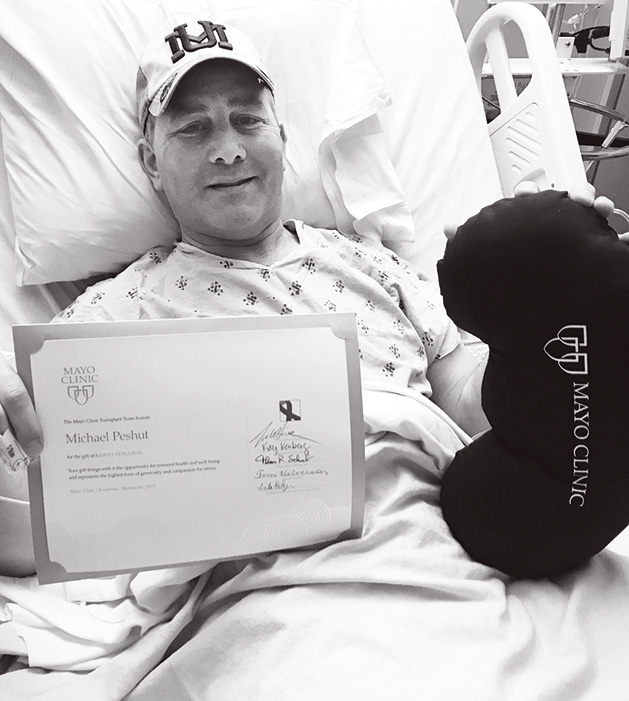
Though the two surgeries were a week apart, the Peshuts believed the extra time allowed Annie to see the process of treatment and recovery through Mike, who, within a matter of days, was back on his feet and ready to be there for her through her procedure and recovery, both of which went smoothly.
Today, Annie says that she is doing her best to live in a way that honors her donor, Wyatt. Even though a kidney transplant is treatment rather than a cure, “It is now my responsibility to him to do the best I can to house this kidney in a good environment and keep it safe,” she says.

As for the future, Annie says that it is hard to not think about what could happen if her new kidney fails. (According to LifeSource, there is a 97 percent success rate for kidney recipients one year post transplant.) If anything, she believes that her life is, “a journey that will continue, and it doesn’t stop,” she says. “You just have to be open minded and go with the flow.”
Register for Life
March is National Kidney Month, but it’s important to learn about related topics all year. In Minnesota, about 270 kidney transplants were done between 2015-2019 (15,000 nationwide), according to LifeSource.
LifeSource is a nonprofit organization that represents Donate Life America, which is a nationwide initiative that encourages registry and educates the public on the positive effects of organ donation. LifeSource is dedicated to saving and healing lives through eye, organ and tissue donations and has served over seven million people between 280 hospitals and nine transplant centers in Minnesota, North Dakota and South Dakota.
Erin Lilliencrantz, communications coordinator with LifeSource, says that only one percent of the population qualify to donate after their death. That is why LifeSource encourages everyone to not only be aware of the impact that they can make by checking the box on their driver’s license to become a donor, but to also consider being a living donor. “If you are healthy and active, and you want to experience something new in life that is rewarding, both helping others and yourself, then give an organ,” Mike says. “Don’t be afraid of it, because it is something that is well worthwhile.”
With an average of one person every 10 minutes added to the waitlist and 22 people dying every day due to a lack of available organs, the need for donors is higher than ever. Thanks to Donate Life America, over 145 million people have registered as donors nationwide.
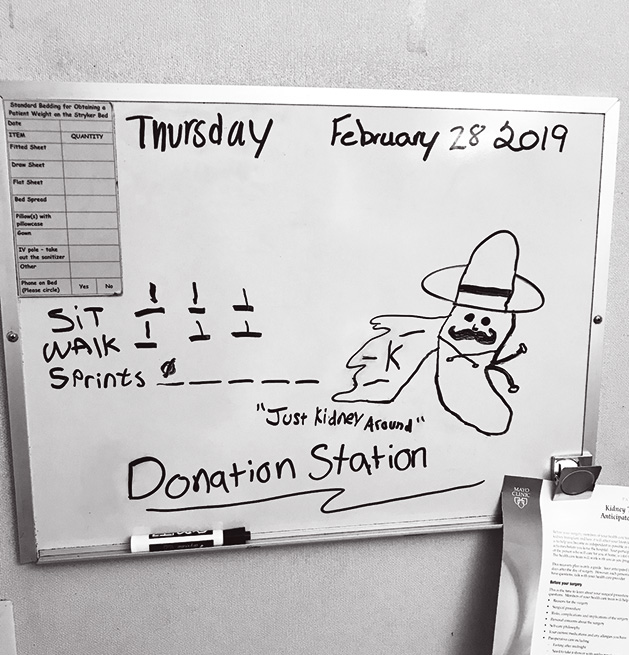
By The Numbers
Regionally (Minnesota and the Dakotas)
As of November 2019, 3,228 people were on the donation waiting list. In 2018, 877 organs were transplanted. In Minnesota, about 70 percent of residents are registered donors.
Nationally
As of November 2019, 113,133 people were on the donation waiting list. In 2018, 35,650 organs were transplanted. In the U.S., about 58 percent of citizens are registered donors.
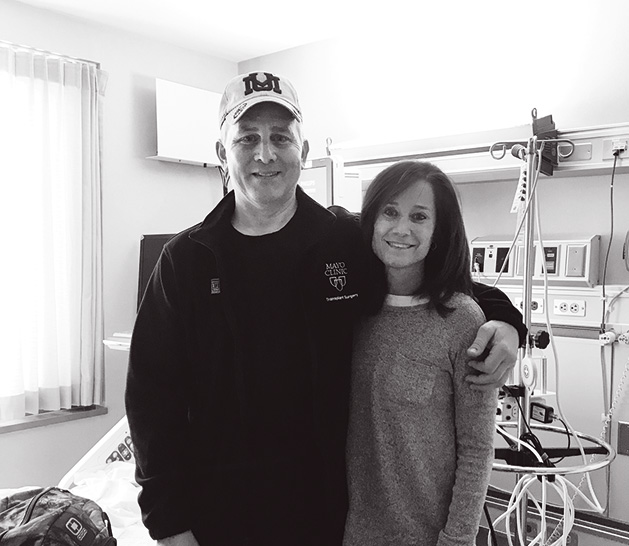
LifeSource
Facebook: Donate Life Minnesota
Twitter: @LifeSourceMNDAK






